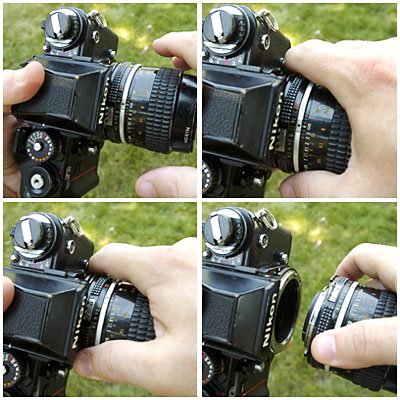Oh yeah. I almost forgot to tell about myself. Lot of peoples said that I started my journey with DSLR. That's wrong. So, today I want to tell about my interest in photography since I was 12 years old.
(Part One of My Story)
On mid-year of 2003 (I was 9 that time), my father bought a new compact digital camera which that is the first time ever my father using digital camera. Before this, my father only uses 35mm film camera. Funny right? Haha. That time, nothing interest me but computer video games. When I was twelve, I started to thinking about my future. What do I interesting at? The questions solved when my father passed his Mustek GSmart D30 Digital Camera to me since he bought the Sony Handycam. Yeah! I've finally found my hobby!
Day after day, I explore almost a lots of things using this 'cute' camera. This 3 megapixels cameras captured an images as good as Holga 135BC camera.
and some of picture taken with this camera:

Yeah. I know it's ugly. Haha. I'm noob that time. No skills, no settings, and even the compose also OUT! But at the end of 2007, I was hoping to buy a new compact camera around mid of 2008. That's not happened in mid-year of 2008 because in August 2008 I was surprised with something that I didn't wish for.
END of Part One.

